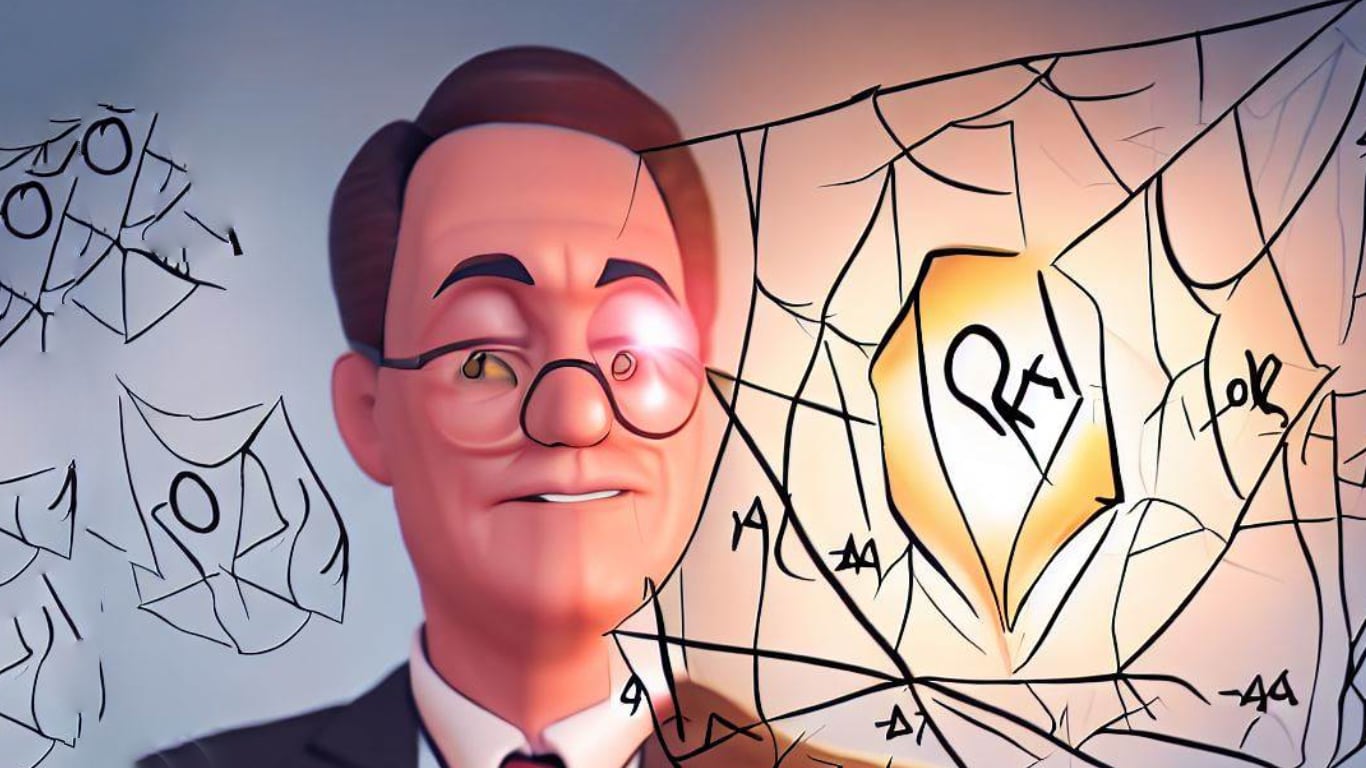The CobWeb Theory as it applies to QA
ChatGPT Knows

The CobWeb Theory is a concept that was first proposed by economist Thomas Schelling in the 1960s. It is a model that helps to explain how seemingly small and insignificant changes in a system can lead to large and significant changes over time.
In the context of Quality Assurance, the CobWeb Theory can be used to explain how small deviations from quality standards can lead to larger deviations over time. For example, if a manufacturing process begins to produce products that are slightly out of spec, this may not be immediately noticeable. However, over time, as more and more products are produced with these small deviations, the overall quality of the products will degrade.
The key takeaway from the CobWeb Theory is that small deviations from quality standards can have a significant impact over time. This is why it is important to have a robust Quality Assurance system in place that can detect and correct small deviations before they become larger issues.
One of the ways to do this is through the implementation of continuous improvement processes such as Six Sigma, Total Quality Management, etc. These methodologies are based on the principles of data-driven decision-making, and they provide a framework for identifying and eliminating sources of variation in a process. By using data to drive decision-making, organizations can more effectively detect and correct small deviations from quality standards, preventing them from becoming larger issues.
Another effective way to prevent the CobWeb Theory from happening is through regular audits, inspections, and testing of products, services, and processes. These activities can help identify and correct deviations from quality standards before they become larger issues. Additionally, regular training and development of employees is also important, as it helps to ensure that everyone is aware of the importance of quality and is equipped with the necessary knowledge and skills to uphold quality standards.
In conclusion, the CobWeb Theory highlights the importance of having a robust Quality Assurance system in place, one that is able to detect and correct small deviations from quality standards before they become larger issues. By following continuous improvement processes, regular audits, inspections, and testing, and regular training and development of employees, organizations can ensure that they maintain high quality standards and prevent the CobWeb Theory from happening.
